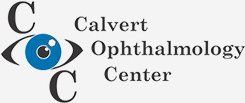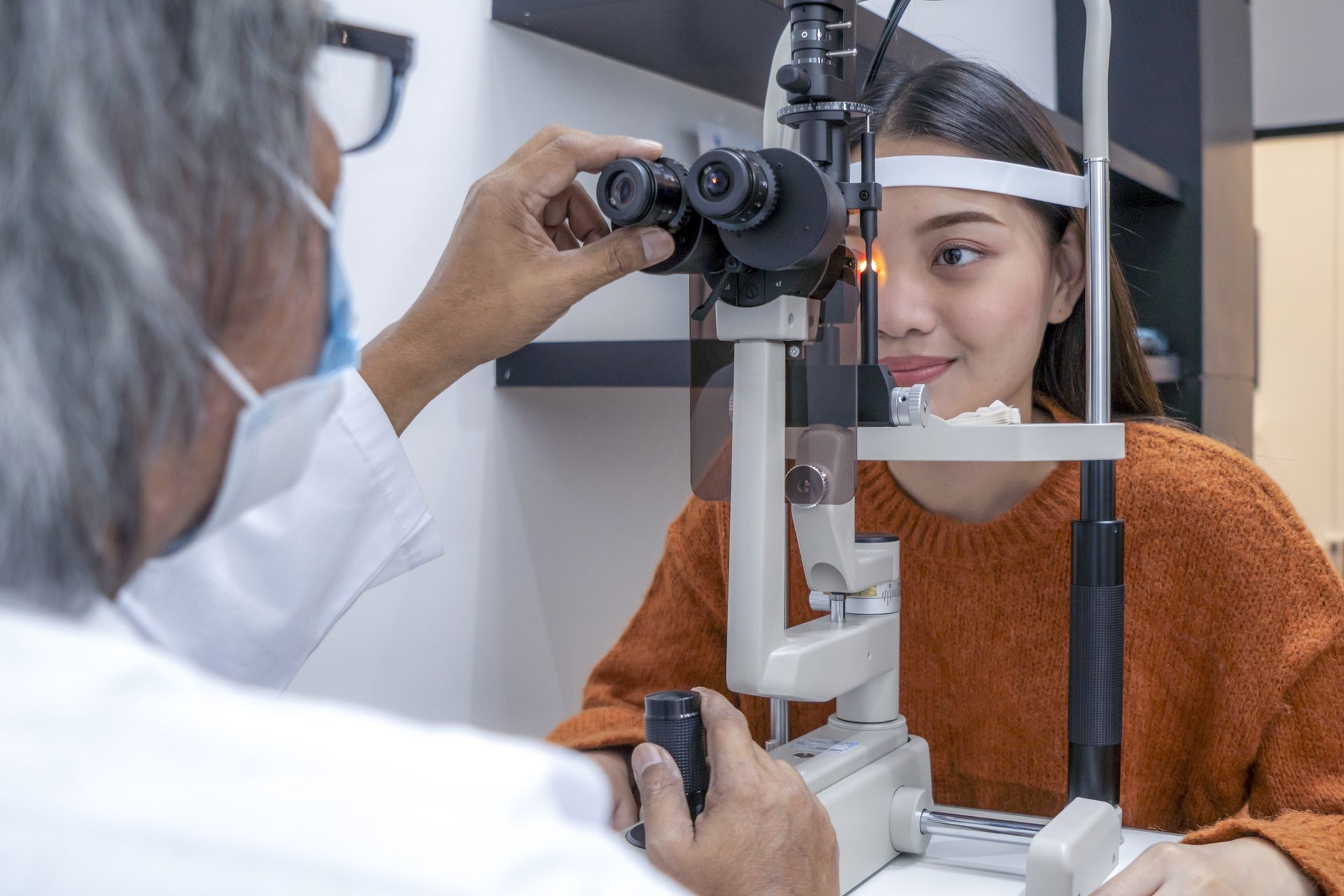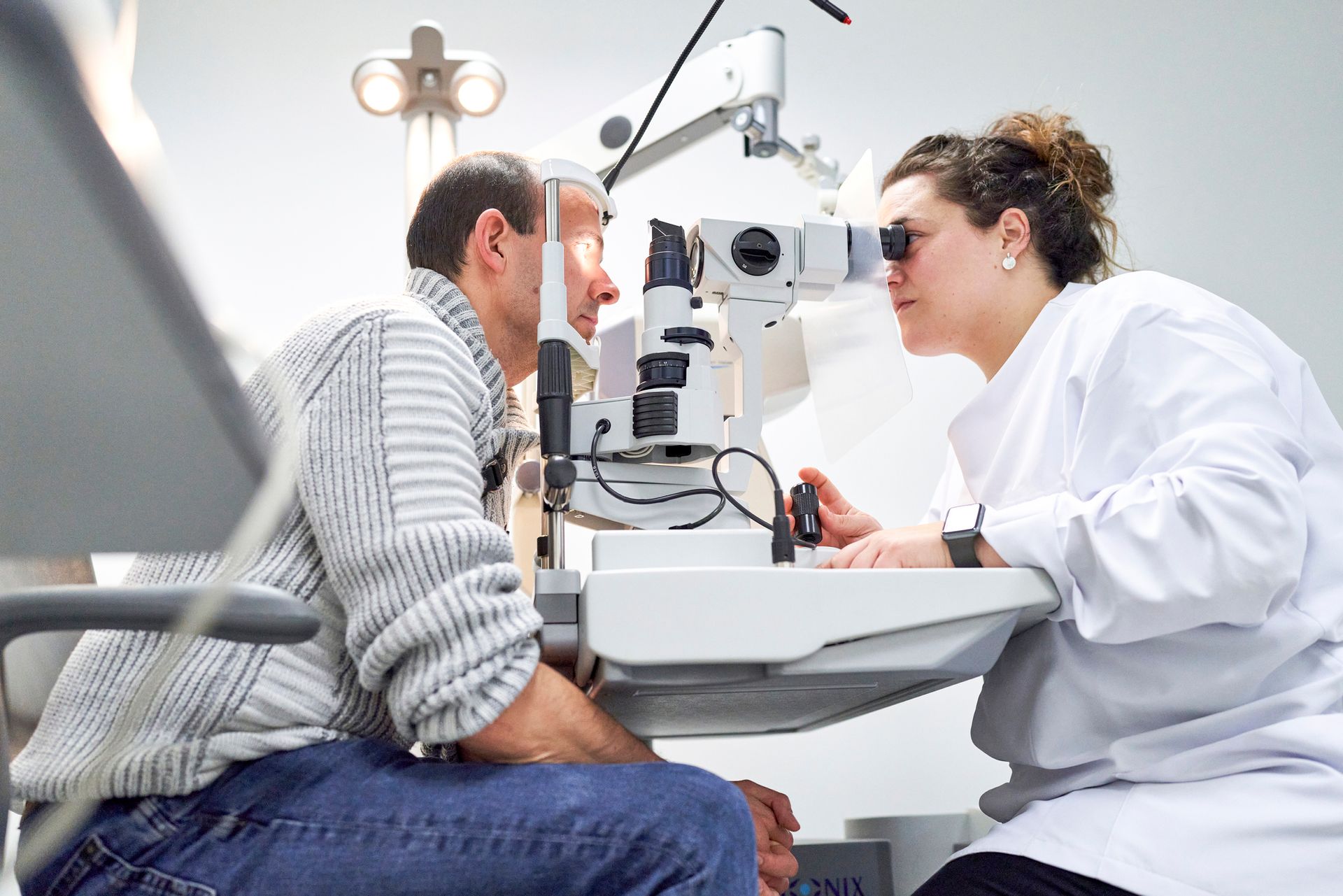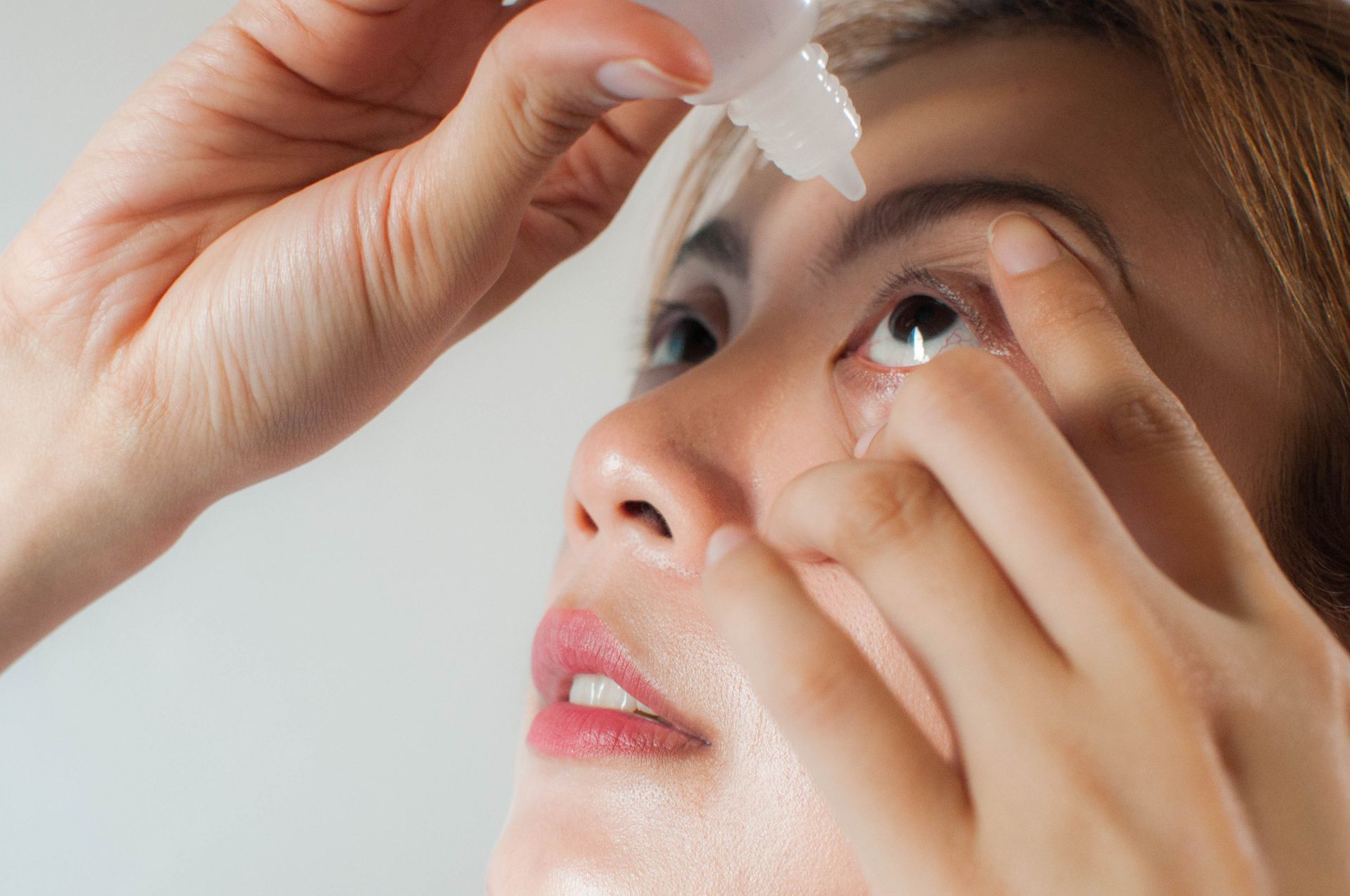5 Eye Issues That Can Blur Your Vision
Blurred vision can prove understandably annoying, inconvenient, and even alarming. Not only does the fuzziness you perceive make reading and writing a chore, but it can also raise concerns about coordination, balance, and safe driving or walking in traffic. In children, blurred vision can also interfere with learning and academic performance.
Blurred vision may stem from a relatively simple eye condition, or it may indicate a serious problem that threatens your long-term eyesight. If you suffer from blurred vision, ask your eye doctor to check for any eye conditions that may require treatment, including the following five examples.
1. Refractive Errors
Blurred vision counts as the most common symptom of a refractive error. In a refractive error, an abnormality in the eye's shape or function affects the way light gets directed to the retina in the back of the eye. If the image comes into focus at the wrong point along this journey, blurred vision results.
Different kinds of refractive errors can blur your vision in different ways. For instance, an elongated eyeball may cause myopia (nearsightedness), in which you can see clearly up close but not far away. A foreshortened eyeball will cause hyperopia (farsightedness), in which you can see clearly at a distance but not up close.
Not all refractive errors stem from abnormal eyeball shape. In astigmatism, irregular corneal or lens contours may cause blurry vision at all distance levels. Middle-aged eyes commonly struggle with presbyopia, in which the lens grows more resistant to the eye's near-vision focusing muscles.
2. Computer Vision Syndrome
Even if you don't struggle with an uncorrected refractive error, you can still develop blurry vision temporarily if you spend too much time staring at computer screens, tablets, or smartphones. The constant stress on your eye muscles, combined with a slowed blink rate and harsh screen glare, can lead to computer vision syndrome.
Computer vision syndrome (or digital eye strain) tires the eye's focusing muscles until they simply can't do their job properly. It also allows the eyes to dry out. Both of these changes can result in blurred vision. Remedies include more frequent rest periods, the use of soothing eye drops, and computer glasses that reduce glare.
3. Cataracts
Cataracts can blur your vision as well as producing other vision symptoms such as reduced color or contrast perception, halo-like patterns around light sources, and extreme sensitivity to light. These accumulations of protein in the eye's lens prevent light from entering the eye normally, potentially leading to blindness.
Treatment for cataracts depends on their state of development. Your ophthalmologist may recommend non-surgical options such as corrective lenses until the blurriness and other symptoms grow unmanageable. At that point, you can undergo minimally-invasive laser surgery to replace your diseased lenses with artificial ones.
4. Angle-Closure Glaucoma
Like cataracts, glaucoma can lead to blindness without early intervention and proper medical treatment. However, the most common form of this optic nerve disease, open-angle glaucoma, often shows no early symptoms, with loss of peripheral vision occurring later on. By contrast, angleclosure glaucoma can cause blurred vision.
In angle-closure glaucoma, the eye's drainage system for removing excess internal fluid stops working, causing a sudden and severe increase in fluid pressure. In addition to blurred vision and other vision changes, you may experience eye pain, nausea, and a severe headache. This problem requires immediate treatment.
5. Retinal Problems
A variety of retinal problems can cause blurred vision. Macular degeneration serves as a prime example. This age-related retinal deterioration can cause blurriness, give lines a wavy appearance, or even create blank holes in your vision. Diabetic retinopathy can produce blurred vision as an early symptom.
Since you can't usually reverse this kind of damage, you'll want to seek prompt treatment for a retinal condition. Options may include laser surgery, traditional surgery, medication, and lifestyle changes.
If you need to get the answers to your blurred vision, schedule an appointmentat Calvert Ophthalmology Center. We can perform a detailed eye evaluation to check for diseases or disorders that may require medical treatment or other corrective care.













